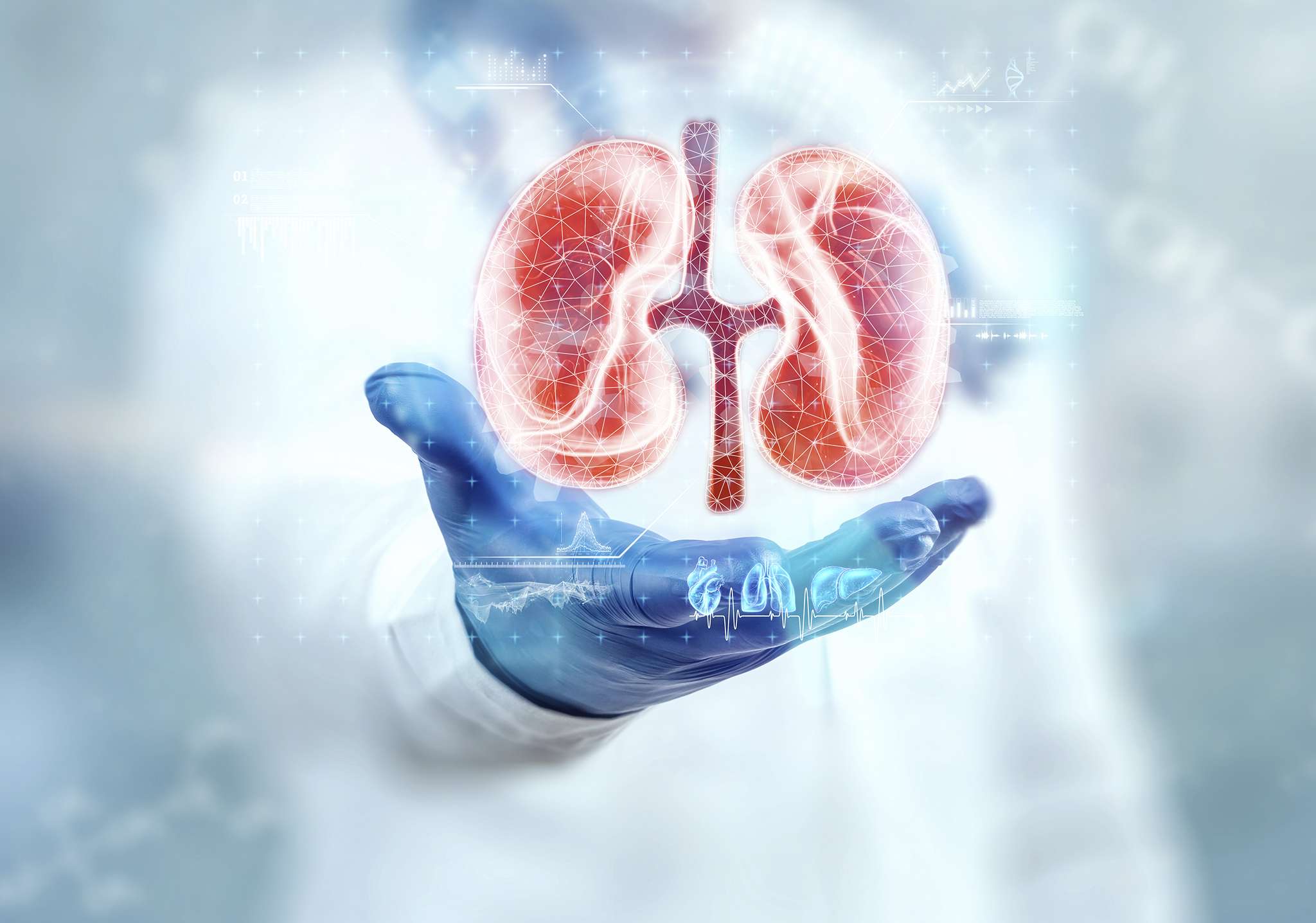
Overactive Bladder (OAB)
Overactive bladder (OAB) is a common urological condition characterized by urinary urgency, frequency, and sometimes urinary incontinence. While OAB can significantly impact daily life, effective management strategies and treatments are available to improve symptoms and quality of life. At SHIFAA PAN African Hospitals, our urology specialists provide comprehensive care for patients with OAB, tailored to their individual needs.
Understanding Overactive Bladder:
Symptoms and Manifestations:
- Urinary Urgency: Sudden and intense urge to urinate, often difficult to delay.
- Increased Frequency: Urinating more often than usual, including waking up multiple times at night (nocturia).
- Urge Incontinence: Leakage of urine due to the inability to reach the toilet in time when urgency strikes.
Impact on Quality of Life:
- OAB symptoms can lead to disruptions in daily activities, sleep disturbances, social embarrassment, and decreased quality of life.
Diagnosis and Evaluation:
Medical History and Symptoms Assessment:
- Detailed discussion of symptoms, their duration, severity, and impact on daily activities and quality of life.
- Identification of potential contributing factors such as medications, fluid intake habits, and underlying health conditions.
Diagnostic Tests and Examinations:
- Urinalysis: To rule out urinary tract infections or other urinary abnormalities.
- Bladder Diary: Keeping a record of fluid intake, voiding frequency, and episodes of urgency and incontinence.
- Urodynamic Studies: Specialized tests to evaluate bladder function, urine storage, and voiding patterns.
Treatment Approaches:
Lifestyle Modifications:
- Bladder Training: Techniques to improve bladder control, delay voiding, and reduce urgency.
- Fluid Management: Adjusting fluid intake patterns, especially reducing caffeine and alcohol intake, which can exacerbate symptoms.
- Pelvic Floor Exercises: Strengthening pelvic floor muscles through exercises (Kegels) to improve bladder control.
Medications:
- Anticholinergic Medications: Drugs that help relax bladder muscles and reduce urgency, such as oxybutynin, tolterodine, or solifenacin.
- Beta-3 Adrenergic Agonists: Medications like mirabegron that work by relaxing the bladder muscles and increasing bladder capacity.
Advanced Therapies:
- Botox Injections: Injections of botulinum toxin directly into the bladder muscle to relax it and reduce urge incontinence.
- Neuromodulation: Techniques such as sacral nerve stimulation (InterStim) to modulate nerve signals and improve bladder control.
Patient Education and Support:
Understanding Triggers and Self-Management:
- Educating patients about OAB triggers such as certain foods, beverages, and medications.
- Teaching behavioral strategies to manage urgency, such as relaxation techniques and distraction methods.
Support Groups and Counseling:
- Connecting patients with support groups or counseling services for emotional support, shared experiences, and coping strategies.
Follow-up and Monitoring:
Regular Follow-up Visits:
- Monitoring symptom changes, treatment efficacy, side effects, and adjusting management strategies as needed.
- Reviewing bladder diaries and lifestyle modifications for ongoing management.
What are the typical symptoms of overactive bladder (OAB), and how does it differ from urinary incontinence?
OAB symptoms include urinary urgency, frequency, and sometimes urge incontinence (leakage). OAB refers specifically to bladder muscle overactivity causing these symptoms, whereas urinary incontinence is the involuntary leakage of urine.
How is overactive bladder diagnosed, and what are the key diagnostic tests used?
Diagnosis involves medical history, symptom assessment, physical exams, urinalysis, bladder diary tracking, and sometimes urodynamic studies to assess bladder function.
What lifestyle changes or behavioral strategies can help manage overactive bladder symptoms?
Lifestyle modifications such as bladder training, fluid management, pelvic floor exercises, and identifying and avoiding bladder irritants can improve OAB symptoms.
Are there medications available to treat overactive bladder, and how do they work?
Anticholinergic medications and beta-3 adrenergic agonists are common OAB medications that help relax bladder muscles and reduce urgency. Patients should discuss potential side effects and benefits with their healthcare provider.
What are the advanced treatment options for overactive bladder if medications and lifestyle changes are insufficient?
Advanced options include Botox injections into the bladder muscle or neuromodulation techniques like sacral nerve stimulation, which can offer significant symptom relief for some patients.
How important is patient education and support in managing overactive bladder long-term?
Patient education about triggers, self-management techniques, adherence to treatment plans, and access to support resources are crucial for successful long-term management and improved quality of life for OAB patients.
Can overactive bladder be cured, or is it a lifelong condition?
While OAB may require long-term management, many patients experience significant symptom improvement with appropriate treatments, lifestyle changes, and ongoing support. Continued follow-up with healthcare providers is essential for optimal outcomes.
Urology Conditions
- Benign Prostatic Hyperplasia (BPH)
- Bladder Cancer
- Bladder Conditions
- Interstitial Cystitis
- Bladder Infections
- Erectile Dysfunction
- Kidney Stones
- Male Infertility
- Overactive Bladder (OAB)
- Prostate Cancer
- Prostate Conditions
- Prostatitis
- Testicular Cancer
- Testicular Conditions
- Testicular Torsion
- Urethral Stricture
- Urinary Tract Infections (UTIs)




